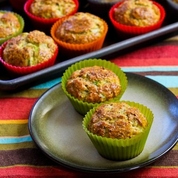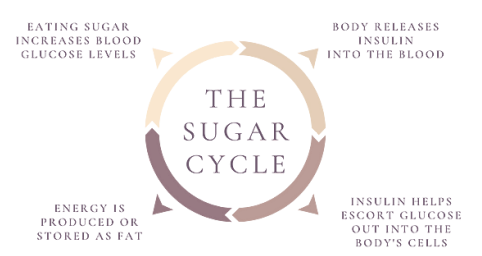Do you want to know how to waste a billion dollars??
Here is a great example of why most women over 40 struggle to lose weight.
➡️When I studied nutrition, lots of what I was thought was wrong. So how does the average person have any chance….
A Women’s Heath Initiative was set up in the early 90’s which would study…you guessed it…women’s health.
One of the biggest questions they tried to solve was – whether a low fat diet prevented heart disease or cancer in women.
🙋♀️50,000 women enrolled
They then took 20,000 of them at random and instructed them to eat a low fat diet with plenty pf fruits, vegetables and fibre.
The women were given regular support to help them to stay motivated and on track.
💥On average, and without being told to do it the researchers noted that these women also consumed 360 calories less per day than when they did before taking part in the study.
➡️By the way this study cost in the range of a billion dollars⬅️
💥These women on average were eating almost 20% less calories than what public health agencies from all over the world are telling us women should be eating. If’s fair to say that they were underrating.
(I absolutely hate when people are told to exercise more and eat less to lose weight and then sent off to try figure that one out---that’s drives me crazy but is a story for another day)
⚠️So the moment you’ve been waiting for….what was the result.
🙈After 8 years…EIGHT YEARS!!!...these women lots on average TWO POUNDS EACH
🙉AND their average waist circumference INCREASED!!
💥This indicated that the 2lbs wasn’t even fat but was muscle…the very things we all want to increase.
(Also the study failed to prevent heart disease and cancer)
🙋♂️Listen up folks….trying to live on a chicken and broccoli diet will not help you to achieve long term sustainable results.
⚠️My guess is that these women did lose more than 2lbs. They probably lost more than 2lbs multiple times throughout the 8 years. But…just like lots of other people and maybe just like you…every time they lost some they gained it back again.
Your results from a starvation diet will only last as long as your ability to starve yourself!
✅🔥When you focus on reducing sugar from your diet BUT at the same time focuson increasing fats you will stay full, satisfied, have an abundance of energy and most importantly KEEP THE WEIGHT OFF LONGTERM!🔥✅


































 RSS Feed
RSS Feed
